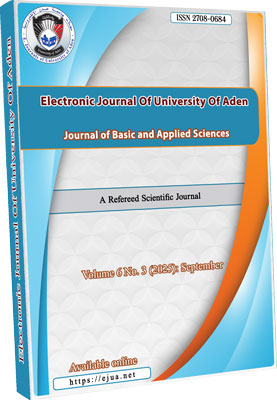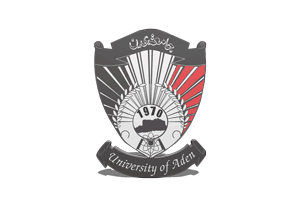EVALUATION OF THE CHEMICAL COMPOSITION AND TOTAL CALORIC CONTENT OF SELECTED TRADITIONAL YEMENI FOODS SOLD IN SANA’A, YEMEN
DOI:
https://doi.org/10.47372/ejua-ba.2025.3.453Keywords:
Food, Traditional, Chemica Analysis, YemenAbstract
Traditional Yemeni foods such as Sabaya, Maloje, Lahouh, Al-Zum, and Fahsa lack documented data on their chemical composition. This study aimed to evaluate the moisture, protein, fat, carbohydrate content, and total caloric value of these five foods. Laboratory analyses were conducted at Queen Arwa University and Sana’a University. Moisture content ranged from 26.46% in Maloje to 84.09% in Al-Zum, this variation is primarily attributed to differences in the composition and preparation methods of the foods. Fahsa, a meat-based dish, showed the highest protein content (8.45%), while Maloje had the highest carbohydrate content (63.09%) due to its wheat flour base. Sabaya recorded the highest fat (36.34%) and caloric content (462 Kcal/100g), attributed to the use of butter or ghee. In contrast, Al-Zum had the lowest energy value at 74 Kcal/100g. The findings reveal significant variations in the nutritional composition of these dishes, reflecting their diverse ingredients and preparation methods. This study provides valuable insights into the dietary contributions of traditional Yemeni foods. These findings also emphasize the importance of a balanced intake of traditional Yemeni foods to support health, suggesting Fahsa for protein, Maloje and Lahouh for energy, and limited consumption of high-fat dishes like Sabaya.
Downloads
Downloads
Published
How to Cite
Issue
Section
License

This work is licensed under a Creative Commons Attribution-NonCommercial 4.0 International License.










